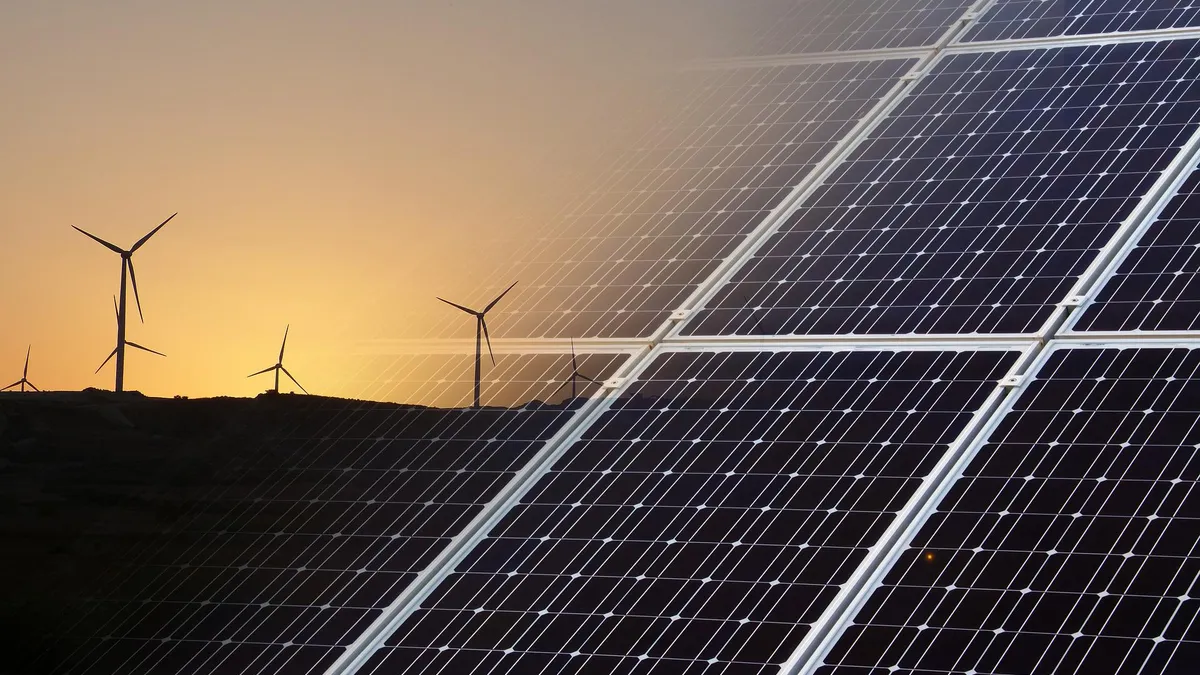The following is a contributed article by Duane Highley, CEO of Tri-State Generation and Transmission Association, Ramón Cruz, president of the Sierra Club, and Erik Hatlestad, a member of the Rural Power Coalition Steering Committee.
"Let's talk about helping rural Americans save money, invest in clean energy and create new jobs," is where our organizations began our discussion.
At a moment when polarization is at an all-time high, it’s easy to call out those with whom we disagree without making progress during discussions around the future of energy policy, or any issue. But to achieve goals we care about most, like the transition to a clean and equitable rural energy economy that works for everyone, we must have purposeful conversations — even with those who we may typically disagree with. It can be challenging, but our greatest achievements never result from what we do alone.
Talking to one another is what allowed us, along with leaders in Congress, to spur one of the largest federal investments in rural energy in eighty years. Through conversations and compromises, we secured needed assistance to speed rural America’s transition to renewable energy in the cooperative provisions of the Inflation Reduction Act.
We don’t agree on every issue, including aspects of the energy transition, but by engaging in difficult discussions, we found common ground in the need to remove barriers for not-for-profit electric cooperatives that are transitioning to cleaner, lower emissions energy sources and support greater opportunities for rural communities that are often left behind.
The challenges for rural power go back nearly a century, when for-profit electric utilities rapidly electrified our cities, avoiding sparsely populated, lower-income and expensive-to-serve rural areas. Today, member-owned cooperatives bring power to our farms, ranches and communities where for-profit utilities won’t go. But rural challenges remain, especially for the growing number of cooperatives seeking a clean energy transition.
While today’s energy transition gains traction across the country, federal incentives to invest in clean energy have largely been unavailable to the electric cooperatives that serve 70% of America’s landmass and 92% of the persistent poverty counties. Without these incentives, rural Americans have had little ownership of clean energy and rural consumers’ dollars leave their communities.
As rural communities watch wind and solar farms begin to dot their landscape, many want to ensure rural America can own, not just host, the clean energy transition. The Rural Power Coalition, a grassroots group of cooperative ratepayers, emerged from that vision. This people-powered coalition joined the table, and helped negotiate the provisions, supporting the billions in provisions for electric cooperatives.
Our organizations agreed that the fastest way to get cooperatives on a level playing field with their for-profit counterparts was to inject capital directly into member-owned clean energy. We worked together to design a robust rural economic development program to reduce cooperative costs, spur local clean energy and invest in our rural economies. From these efforts, nearly $10 billion in USDA grants and loans are now available to cooperatives for clean energy. For the first time, cooperatives will also be able to take full advantage of critical clean energy tax credits. These new tools help cooperatives and rural communities realize the multitude of values in the clean energy transition.
These provisions create game-changing opportunities for cooperatives like Tri-State, one of the nation’s largest generation and transmission cooperatives, which is rapidly advancing its clean energy transformation and investing in communities affected by the energy transition.
With the right approach, cooperatives across rural America will be able to access resources to help keep power reliable and affordable and procure new clean energy. This transition will help clean our air, establish new economic development and job opportunities and provide communities with the resources and flexibility to transition in ways that work for them and in ways they can own.
Together, with our federal partners, we must now ensure these programs deliver much-needed investments in rural America as quickly as possible. This funding is a historic opportunity for both rural America and the clean energy transition, and proof that to achieve the big, bold ideas that support our families, farms, ranches, or any other important endeavors, none of us can work alone.






















